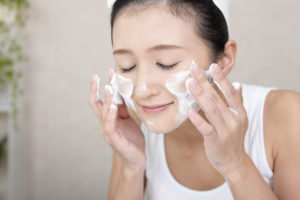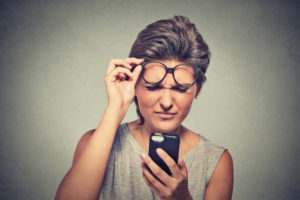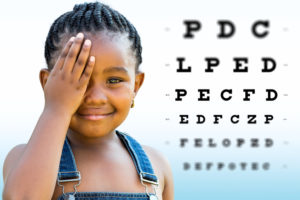 We like to be clean. The value of cleanliness and hygiene was taught to us from the time we were children. Remember learning to brush your teeth, and how encouraging it was to get gold stars from your parents, or a small treasure from the dentist? By adulthood, the idea of hygiene is so ingrained that we rarely think about it. The problem is, what we learned in childhood – brush and floss and wash our hands – falls a little short. There is such a thing as hygiene for the eyes, and it is something we all want to know.
We like to be clean. The value of cleanliness and hygiene was taught to us from the time we were children. Remember learning to brush your teeth, and how encouraging it was to get gold stars from your parents, or a small treasure from the dentist? By adulthood, the idea of hygiene is so ingrained that we rarely think about it. The problem is, what we learned in childhood – brush and floss and wash our hands – falls a little short. There is such a thing as hygiene for the eyes, and it is something we all want to know.
It is commonly known that the eyes – the ocular structure that allows us to see – are pretty complex. As small as they are, the eyes have numerous parts, and they all need to work together with the brain. When we think of the eyelids, this knowledge of complexity goes right out the window. Eyelids are just the skin that covers the eyes, right? Not really.
There are two types of skin on the eyelids. That alone is rather impressive, but there’s more. The eyelids are also where eyelashes sit, and that means relatively good-sized hair follicles right along the margin of the lid. Finally, it is on the eyelids where glands produce the fluids that keep the eyes moist and clean. Part of the fluid that is secreted by these glands is oil. These factors create prime conditions for bacteria. The eyelashes trap bacteria that may spread from the hands to the eyes, then these microorganisms stick in the oil that is present around the lashes. When this happens, inflammation is likely to follow.
Inflammation at the lid-margin is referred to as blepharitis. This may not be a full-blown infection like conjunctivitis, or pink eye, but it is uncomfortable and frustrating nonetheless. Some people experience such intense symptoms that they require treatment to “shake off” the bacteria-laden crust that has encapsulated the base of the eyelashes. You may not need to go this far.
Eyelid hygiene is not something that should begin after the eyes have become red and gritty, it can begin today. If it does, it may keep you from the pain of blepharitis. To clean the eyelids, apply a warm, moist cloth over the eyes for a few minutes. This loosens hair follicles and softens oil that may have dried around them. Then, a very gentle motion of the eyes can be made to remove the loosened matter from the eyelid. Baby soap may also be used to periodically clean the eyes, as this does not irritate.
There are several ways to pamper the eyes; routine cleansing is one. For personal eye care from our friendly team, call our Meridian or Caldwell office.


